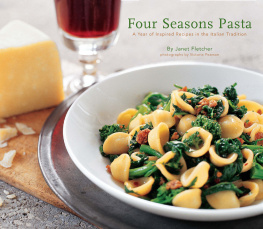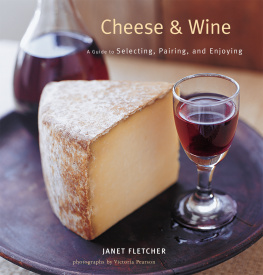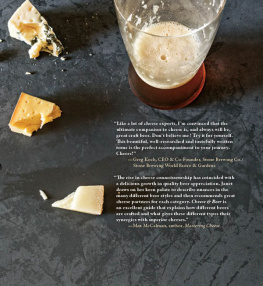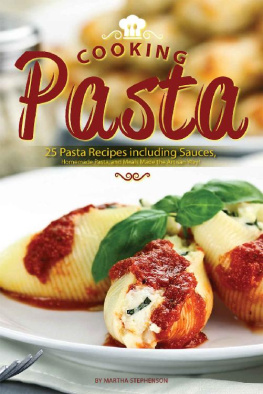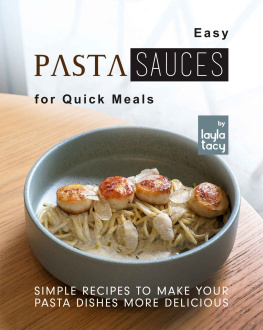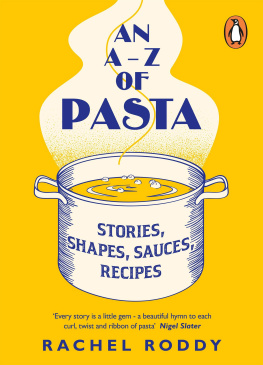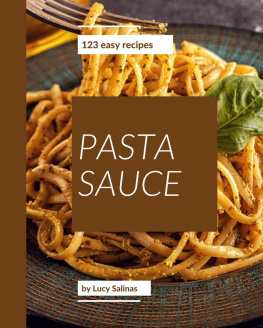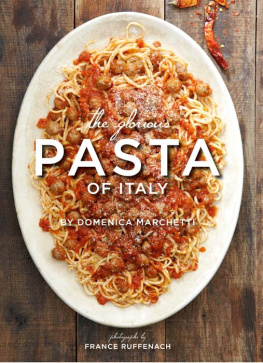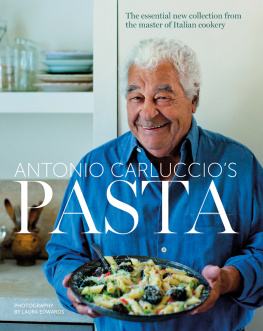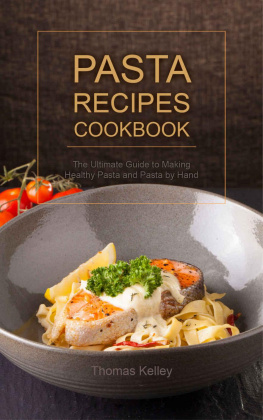

No cookbook is a solo effort. Several people helped, advised, and encouraged me with this project, and Id like to acknowledge them here. First, Im indebted to Chronicle Books editor Bill LeBlond for immediately embracing this book idea. Photographer Victoria Pearson and stylist Christine Masterson have once again rendered my recipes with imagination and good taste. Chronicle Books designer Brett MacFadden created the books distinctive look, and I am grateful for his flexibility and willingness to consider my input. Editorial assistants Amy Treadwell and Holly Burrows helped keep the book on track and were eagle-eyed in spotting inconsistencies. Carrie Bradley was a knowledgeable and sensitive copy editor, and I feel fortunate that this project ended up on her desk.
For assistance with content Id like to thank Paula Wolfert, who let me roam in her splendid library; Arthur Schwartz and David Shalleck for correcting my Italian; and Rolando Beramendi and Carolyn Buck of Manicaretti for countless favors, large and small. Special thanks go to Nicolina Peduzzi, Gianluigi Peduzzi, and all the rest of the extended Peduzzi family who welcomed me into their Abruzzese home, shared their recipes and pasta expertise, and made me feel like another member of the family. Finally, mere thanks arent enough for my good-natured husband and sous chef, Douglas Fletcher, who fortunately shares my enthusiasm for pasta.
Whats for dinner? At my house, on a typical weeknight, theres a good chance its pasta with vegetables. If I could think of other dishes that were equally easy, healthful, quick, economical, and satisfying, I would make thembut I cant. In my estimation, it would be difficult to find a more sensible way to eat for life.
For convenience, I keep my kitchen stocked with the pasta basics: dried noodles, good olive oil, anchovies, capers, olives, canned tomatoes, and grating cheese. My own garden, neighborhood grocery, and local farmers market provide the rest, a changing parade of vegetables for pasta sauces that follow the seasons.
Its impossible to grow bored when your pasta repertoire tracks the harvest. Just when you think youve had enough asparagus, they leave the stage, replaced by fava beans and peas. On the heels of the last tomatoes come the first autumn squashes, like the dense kabocha, perfect for stuffing ravioli. And when winter skies are grayest, the market fills with tempting pasta greens: mustard, broccoli rabe, cabbage, and kale.
From years of traveling in Italy, I know that many Italians share my passion, especially in the poorer south. In Puglia and Sicily, people eat pasta with vegetables daily, not because they are poor any longer, but because their communities once were and a regional taste for simplicity endures.
Orecchiette with broccoli rabe, the iconic dish of Puglia, could hardly be more humble. In times past, the broccoli rabe came from the household orto, or garden; the olive oil from a neighbor, probably in trade; the fresh orecchiette from the cooks hands, made with only semolina and water, no costly eggs. (Today, most Italian home cooks buy dried pasta.) For a pittance you had a nourishing meal, one thats still commonplace on Puglias tables, and not just among the frugal. Even Italians of means take pleasure in these simple, seasonal dishes. I have eaten pasta with wild mustard greens at the table of a marchesa.
In the following pages, youll find four seasons worth of ideas for saucing pasta with fresh vegetables. Most of these recipes come from the Italian tradition, from dishes Ive sampled in Italian restaurants and homes. A few are my own fantasies and incorporate vegetables I particularly love, such as fresh shelling beans. With the exception of the stuffed dishescannelloni and raviolithe recipes are uncomplicated, easy to execute, and within the capabilities of beginning cooks.
Although I chose the sauces in this book because they showcase seasonal vegetables, the collection is not vegetarian. Many recipes include a little sausage, pancetta, prosciutto, or anchovy as an accent or enrichment, but vegetarians can simply leave them out. Those who make the recipes as written may be surprised at how satisfying a nearly meatless meal can be.
When entertaining, you can serve these dishes in small portions as a first course, followed, in the Italian style, by fish or meat. But as a daily matter, I enjoy these pasta preparations as a main course. When my husband and I dine alone, I make a half-recipe, supplemented by a few olives or toasted almonds to nibble on while were cooking, and a salad or wedge of cheese afterward. If theres a better way to eat for long-term health and satisfaction, I dont know it.
A good sauce is nothing without good pasta underneath. For the best results, take some time to master the fundamentals of choosing dried pasta, making fresh pasta, and correctly cooking both. Youll find guidelines to these basic techniques in the following pages.
choosing pasta
The most significant step you can take in becoming a better pasta cook is to choose a good brand of dried pasta. Well-made pasta cooks to an evenly firm, al dente texture. It has a pleasant, wheaty flavor and a rough texture that encourages the sauce to adhere.
Inferior pasta is slippery. When boiled, it turns mushy outside before its done inside. It has little wheaty taste and lacks the chewy elasticity of high-quality pasta, even when you take pains not to overcook it. Poorly made pasta can compromise the most carefully tended sauce, so it makes sense to insist on quality.
Superior pasta starts with high-quality durum wheat, typically blended from different sources to get a combination of flavor and strength. Manufacturers continually monitor their flour deliveries to make sure each batch has the low humidity and high protein content they want.
Beyond the flour, two other factors contribute significantly to quality: a long drying time at low temperatures, and the use of bronze dies. Inexpensive industrial pasta is dried in a few hours at high temperatures, which alters the protein characteristics and thus the flavor and texture of the pasta. More quality-conscious manufacturers may take 36 to 48 hours to dry their noodles, a costly practice but one that pays off by preserving taste and texture.
The dies are the disklike attachments used to cut the pasta into myriad shapes, from spaghetti to shells to wagon wheels. The better producers use heavy bronze dies, which yield a rough-textured pasta. But bronze dies are expensive and require frequent maintenance so more cost-conscious producers use Teflon dies. Pasta cut with a Teflon die is smooth and slick on the outside, so sauce doesnt cling well. You can feel the difference among shapes cut with bronze versus Teflon dies, and you can see it clearly with a magnifying lens.
Not surprisingly, good pasta costs more, but I think its a price worth paying. Among supermarket brands, I think De Cecco is exceptionala top-quality, affordable Italian pasta for everyday use. For guests or special occasions, I spring for the top-of-the-line Italian brands, such as Rustichella, Latini, and Martelli. I have yet to find a domestic pasta with the cooking and eating qualities I seek.
cooking pasta
Many myths persist about cooking pasta, and they turn up as questions whenever I teach a pasta class. Although the cooking process could hardly be simpler, people seem to want to make it complex. They worry about when to add salt to the water, whether to add oil, how to test for doneness, and how to keep noodles from sticking together.
Next page
